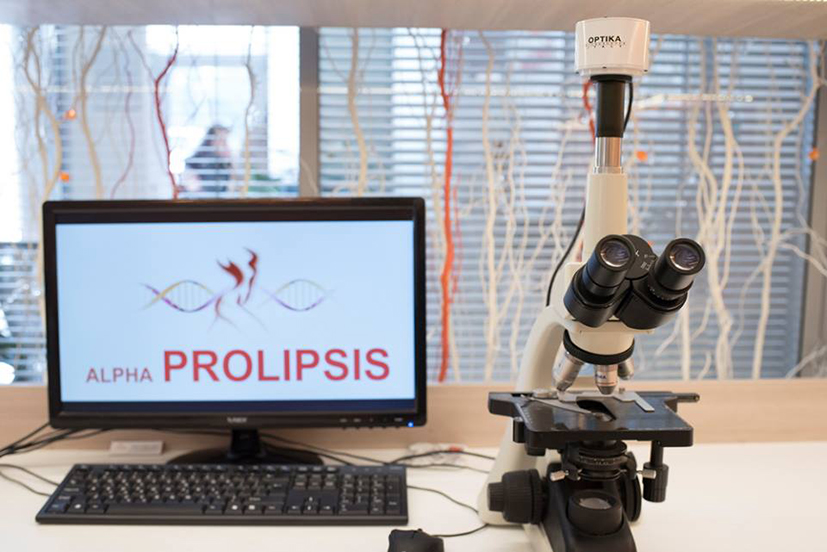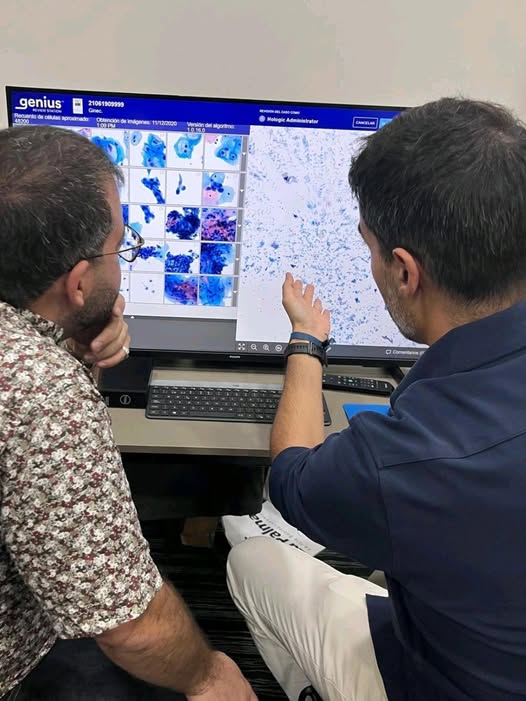Cervical cancer is one of the most common cancer types that causes death in women. However, early detection of cervical cancer through screening and subsequent treatment can significantly reduce mortality rates due to this type of cancer. HPV testing, which is the most common primary screening method for cervical cancer, is highly sensitive with an extremely high negative predictive value (NPV).
Since most HPV infections are transient, inaccurate HPV testing could result in unnecessary colposcopy referrals. To overcome this issue, individuals who test positive for HPV are often subjected to HPV genotyping or cytology.
According to current guidelines, women who test positive for HPV 16 or 18 are referred to colposcopy, as they are at a greater risk of developing cervical intraepithelial neoplasia (CIN) grade two (CIN2+).
Several studies have indicated that over 90% of HPV16/18 infections spontaneously clear within two years, thus indicating that HPV genotyping-based triage tests may lead to over-referrals. Previous studies have shown that cytology testing has less sensitivity and poor reproducibility; therefore, there is an urgent need for a non-invasive, effective, and objective triage method to detect high-risk HPV (hrHPV)-positive women and reduce unnecessary referrals.

Some techniques used to detect cervical cancer and precancerous lesions include micro ribonucleic acid (microRNA) tests, immunohistochemistry, and detection of E6/E7, other oncogene aberrations, and virus DNA integration. Importantly, most of these techniques are associated with limited accuracy or have high technical requirements.
To detect cervical cancer, a key advantage of assessing DNA methylation aberrations of specific genes, such as miR124- , ASTN1, FAM19A4, ZNF671, ITG4, RXFP3, DLX1, TERT, and SOX17 through molecular testing, is that it does not require an expert for the analysis. Hypermethylated PCDHGB7 has been identified as a novel cancer marker that can be used for early cervical cancer detection. In this context, a modified methylation-sensitive restriction enzyme quantitative polymerase chain reaction (MSRE-qPCR) assay can be used to quantify the methylation status.
About the study
The current prospective and blinded study proposed the CerMe detection method for screening women at a high risk of HPV. A total of 3,251 hrHPV-positive women who were outpatients of the International Peace Maternity and Child Health Hospital were recruited. All study participants were 30 years of age or older and underwent both HPV and cytology testing at the hospital.
All participants were referred for colposcopy, with the remaining samples used for methylation tests. The clinical information and methylation results of the selected participants were used to establish the CerMe detection method.
Study findings
The PCDHGB7 hypermethylation-based bisulfite-free detection CerMe method was established as a triage for hrHPV-positive women to reduce unnecessary over-referrals to colposcopy. To better understand its effectiveness and practicality, it was tested based on age, cytology, hrHPV subtypes, and CerMe values.
Compared to the FAM19A4/miR124-2 methylation detection method, the CerMe detection method was associated with superior performance capabilities regarding its sensitivity and specificity for CIN2+ and cervical cancer. Several existing methods are associated with a mandatory bisulfite treatment step, which may lead to sample loss and reduced cancer detection sensitivity.
CIN1- and CIN2+ cervical lesions account for differential cancer risks and clinical treatments. Notably, the CerMe method successfully detected the type of cervical lesions, which could be used to identify women at a higher risk of cervical cancer.
The CerMe method outperformed existing cytology methods, particularly those used to detect women with cervical cancer between 30 and 40 years of age. As compared to cytological tests for squamous cell carcinoma (SCC) and adenocarcinoma (AC) to detect cervical cancer, the CerMe detection method was more sensitive and accurate.
Conclusions
It is crucial to identify women who are at a high risk of HPV, as these women could be protected from the development of cervical cancer. The study findings demonstrate the potential of the CerMe detection method to reduce over-referrals, overdiagnosis, and overtreatment.
In the future, long-term follow-up is needed to assess the clinical effectiveness of this method. At present, a follow-up study is being conducted to evaluate the predictive value of CerMe detection for disease progression using a large cohort of high-risk patients.


